CAR & BIKE
2025.10.15
【DIY】Is the Jimny's air conditioning airflow decreasing after a certain time? I tried cleaning it without removing it.
This summer, I was struggling with the air conditioning in my JA22 Jimny, which cools the air but has a "decreased airflow." After informing the mechanic of the situation while getting an oil change, it seemed like there might be accumulated dust. Since it looked doable on my own, I first tried to remove the dust.
What causes a decrease in airflow? What is an evaporator?
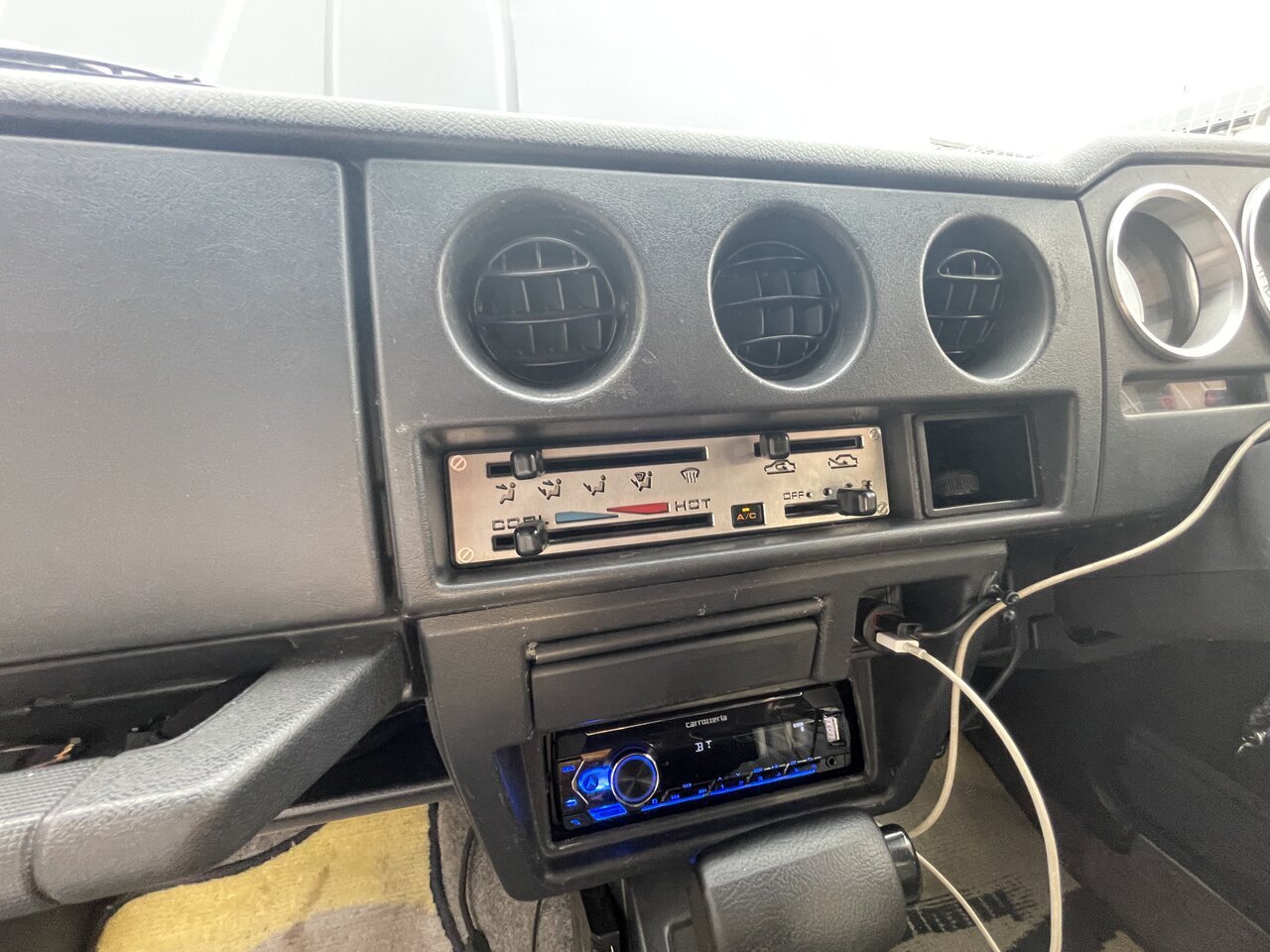
The evaporator, which is considered to be the cause of the air conditioning airflow decreasing, is located in the footwell of the passenger seat and is exposed to the outside through a simple cover.
The evaporator means "heat exchanger" or "evaporator," and it seems that the air conditioning gas sprayed into the evaporator vaporizes, cooling the air, which is then sent into the cabin to cool it down.
It's difficult to access unless you remove it...
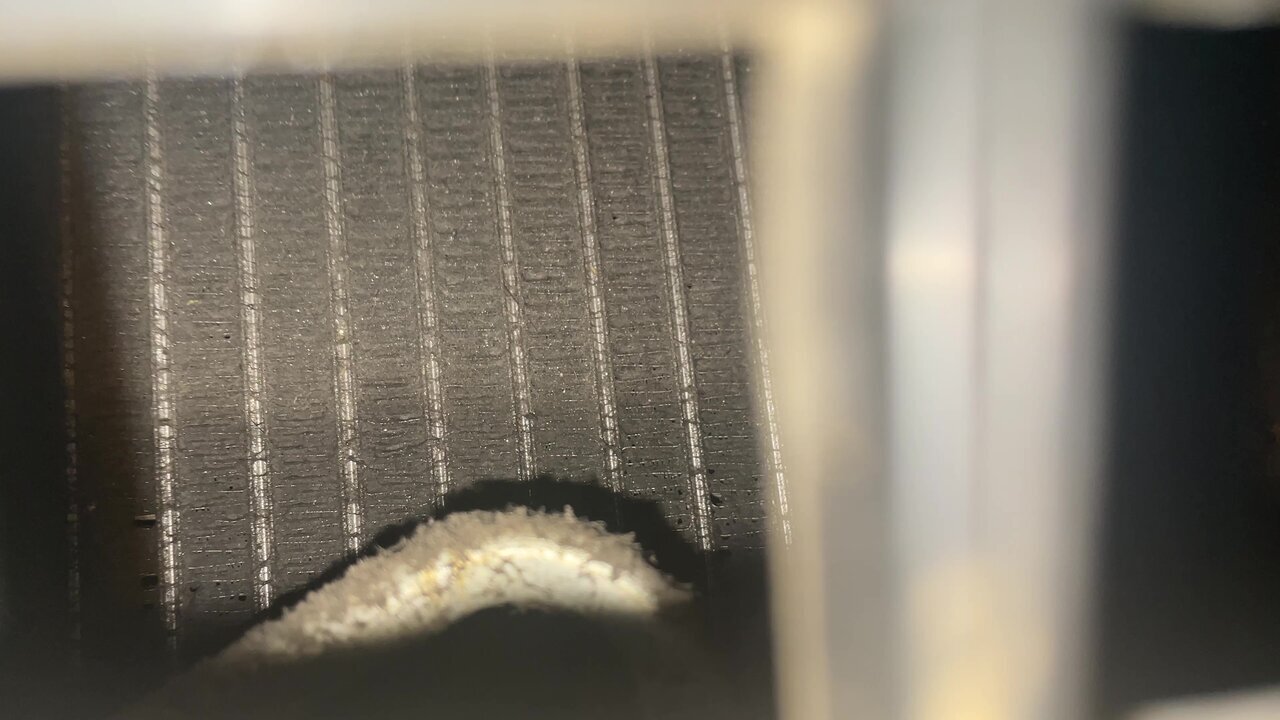
When checking the condition of the evaporator, it is evident that it is clogged with dust. There is a grated cover in front, making it seem difficult to access. Many owners of JA series Jimnys would remove the surrounding interior parts and wash the evaporator thoroughly.
Since I do not have that kind of skill, I would like to try a different method.
I tried buying an evaporator cleaner.
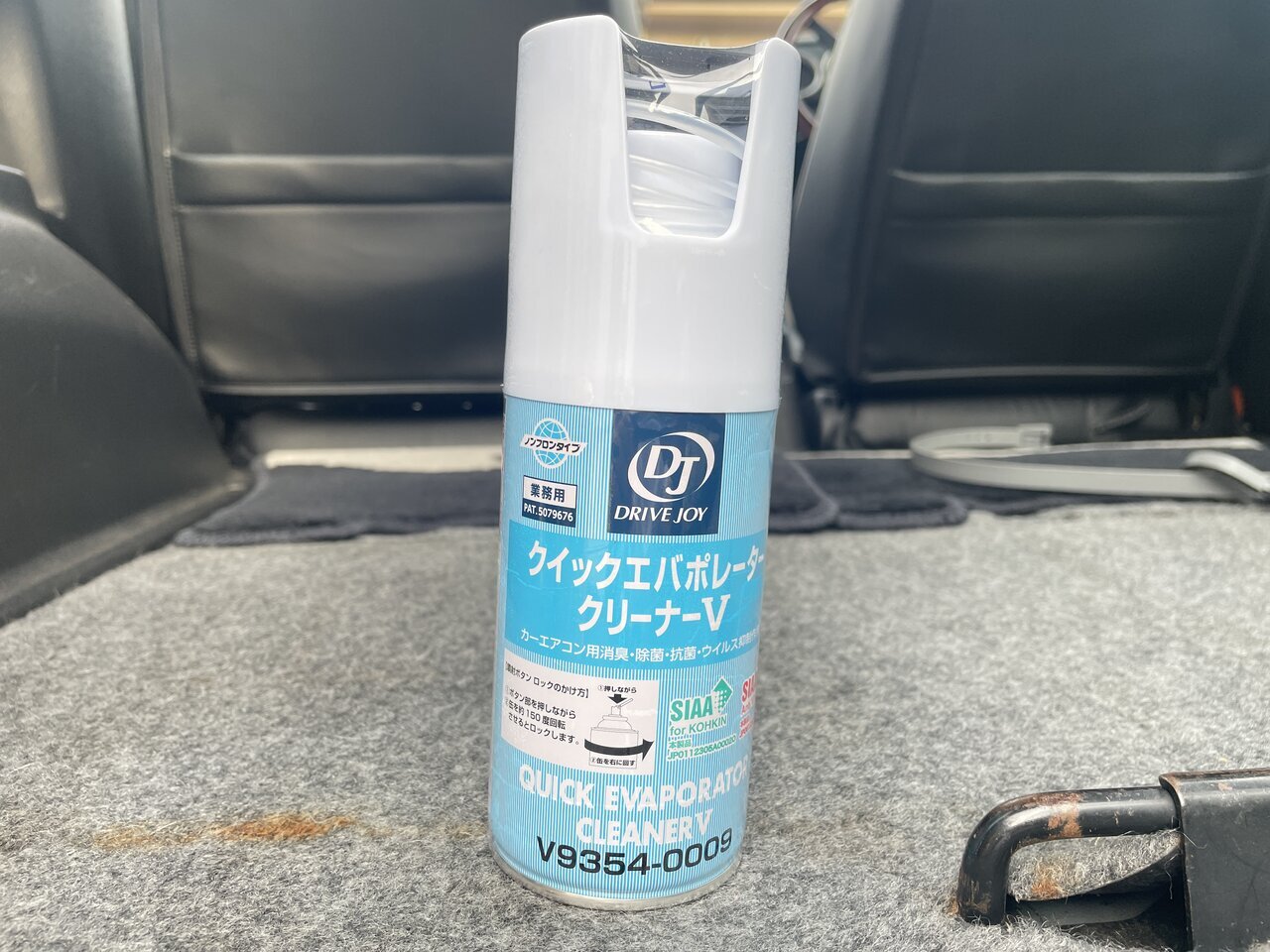
What I prepared was, precisely, an evaporator cleaner. There were various types from different manufacturers, but I chose the reasonably priced DRIVE JOY cleaner.
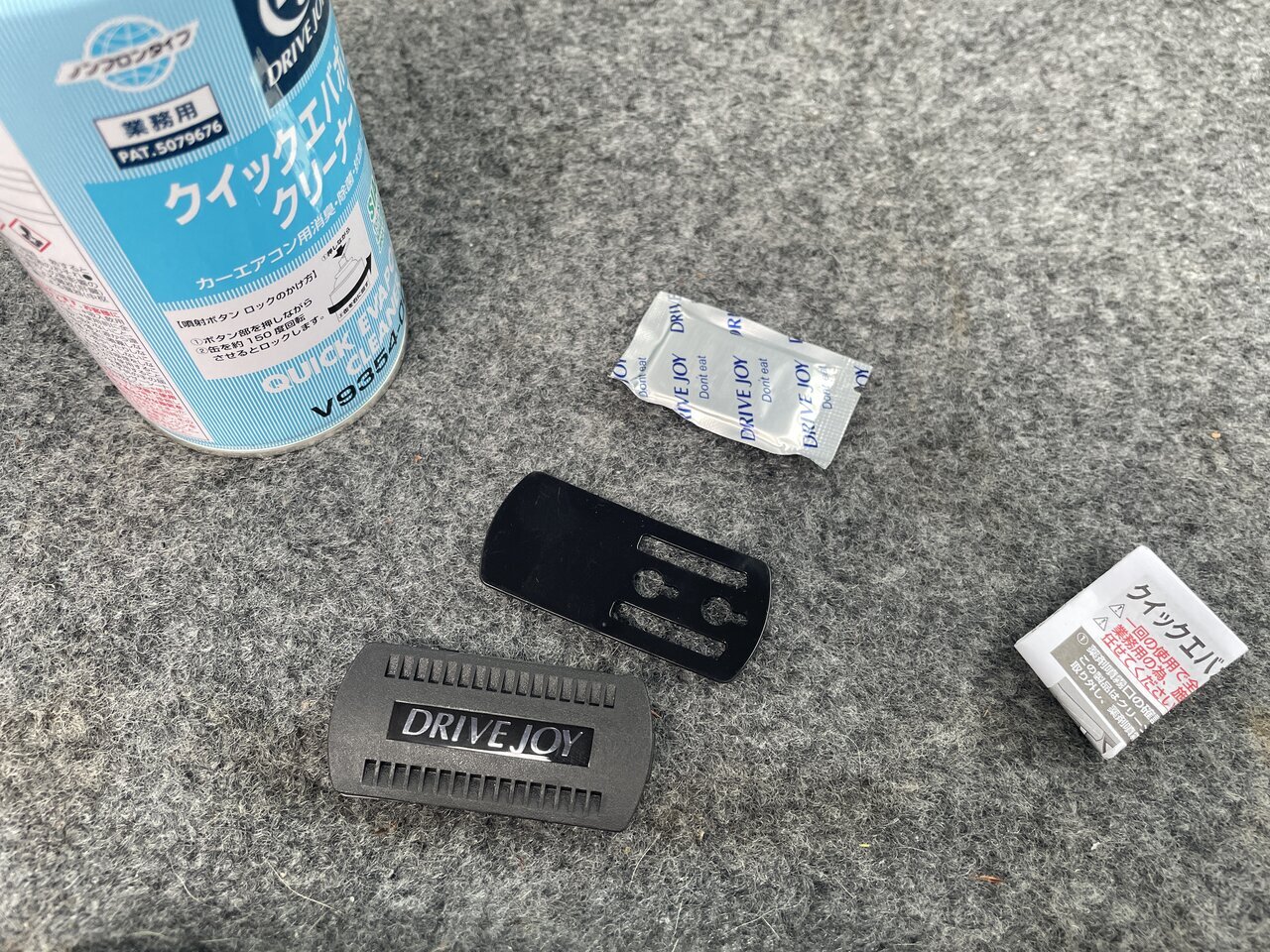
It seems that many evaporator cleaners are basically meant to be used in cars with filters, and I got the impression that they are not suitable for car models like the JA22 Jimny, which do not have filters.
So why did I decide to use a cleaner? Simply because there were no other options. The included clips and deodorants are intended for use when applying the product in cars with filters and could not be used in this case.
So why did I decide to use a cleaner? Simply because there were no other options. The included clips and deodorants are intended for use when applying the product in cars with filters and could not be used in this case.
Before using the cleaner! Dust removal with a modified vacuum cleaner.
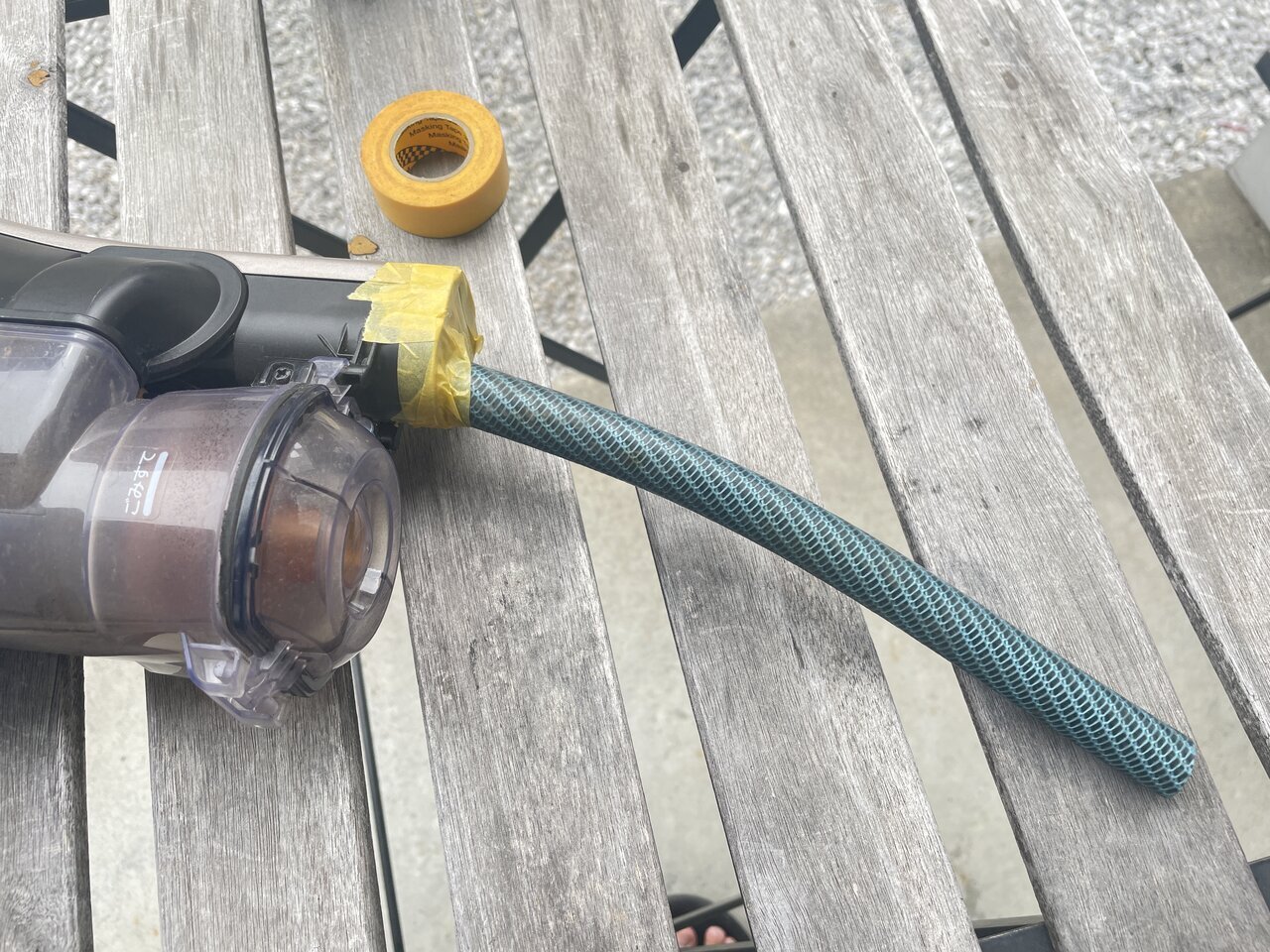
Just before spraying the cleaner's agent, I thought that it would be better to remove the dust first. Upon researching again online, I found someone who had made an original tool by attaching a hose to a vacuum cleaner, so I tried to replicate it.
I connected the vacuum cleaner and hose with masking tape.
I connected the vacuum cleaner and hose with masking tape.
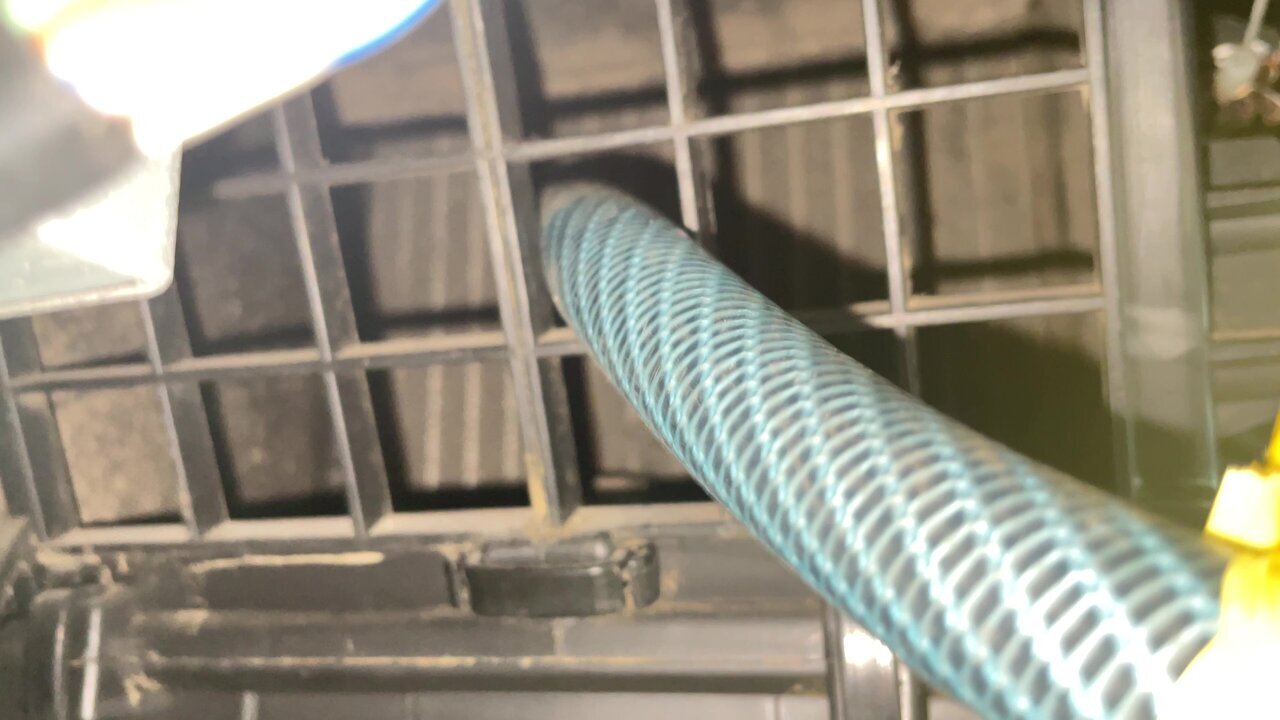
When I inserted the tip of the hose, it passed through the gridded cover and reached the dirt! However, it seems like the part where the hose touches is sucking up dust, but the working space is narrow, making it difficult to clean everything perfectly.
Since I am not aiming for perfection, I tried to clean as much as possible.
Since I am not aiming for perfection, I tried to clean as much as possible.
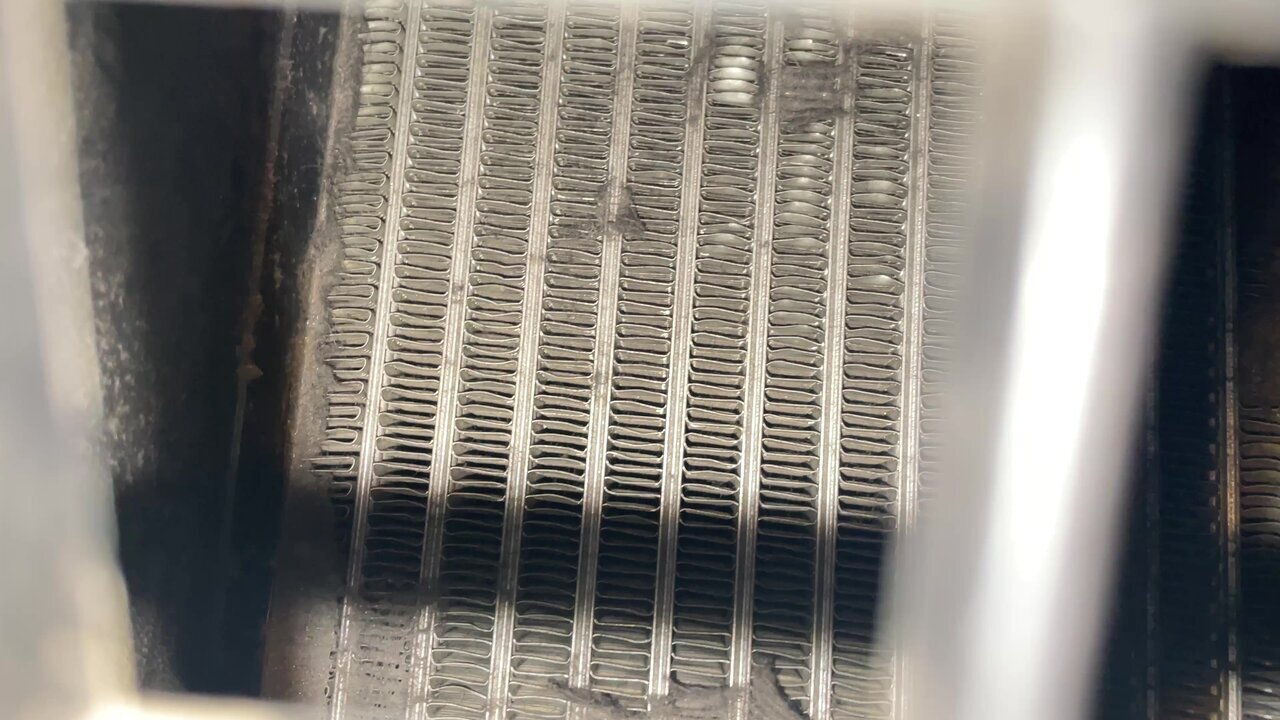
Looking at the state after the work, quite a lot has been removed. If you look at the edges, there is still quite a bit of dust left, but this might be the limit. I can finish the work here, but since I went to the trouble of preparing the cleaner, I decided to give it a try.
I spray the cleaner on the evaporator
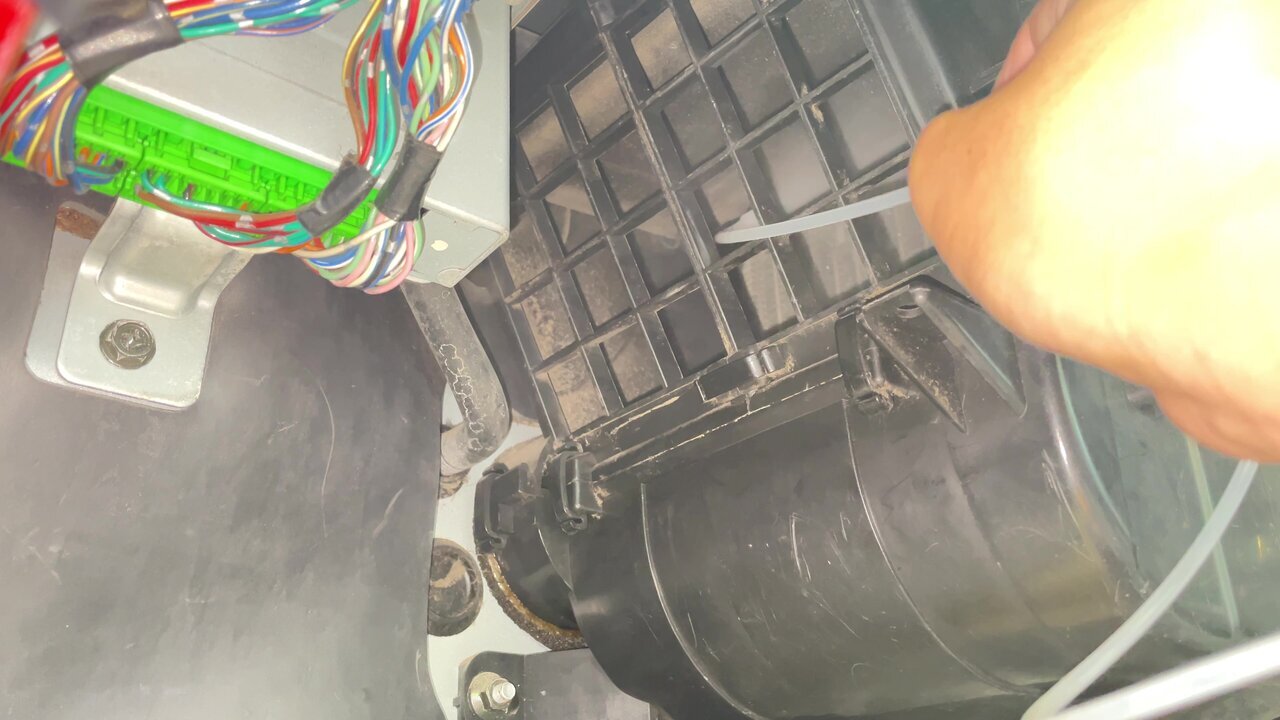
I attach the supplied tube to the cleaner and spray it. Apparently, this isn't how it's usually used, but as long as it gets on the evaporator, it should be effective. When I tried it, I found it difficult to see the internal condition, and I couldn't tell at all whether I was spraying it all over.
A scent similar to an air freshener is wafting through the car. During my research, I found that most users utilize it for deodorization, and the packaging emphasized disinfection and deodorization.
A scent similar to an air freshener is wafting through the car. During my research, I found that most users utilize it for deodorization, and the packaging emphasized disinfection and deodorization.
In the end, is vacuuming the most effective?
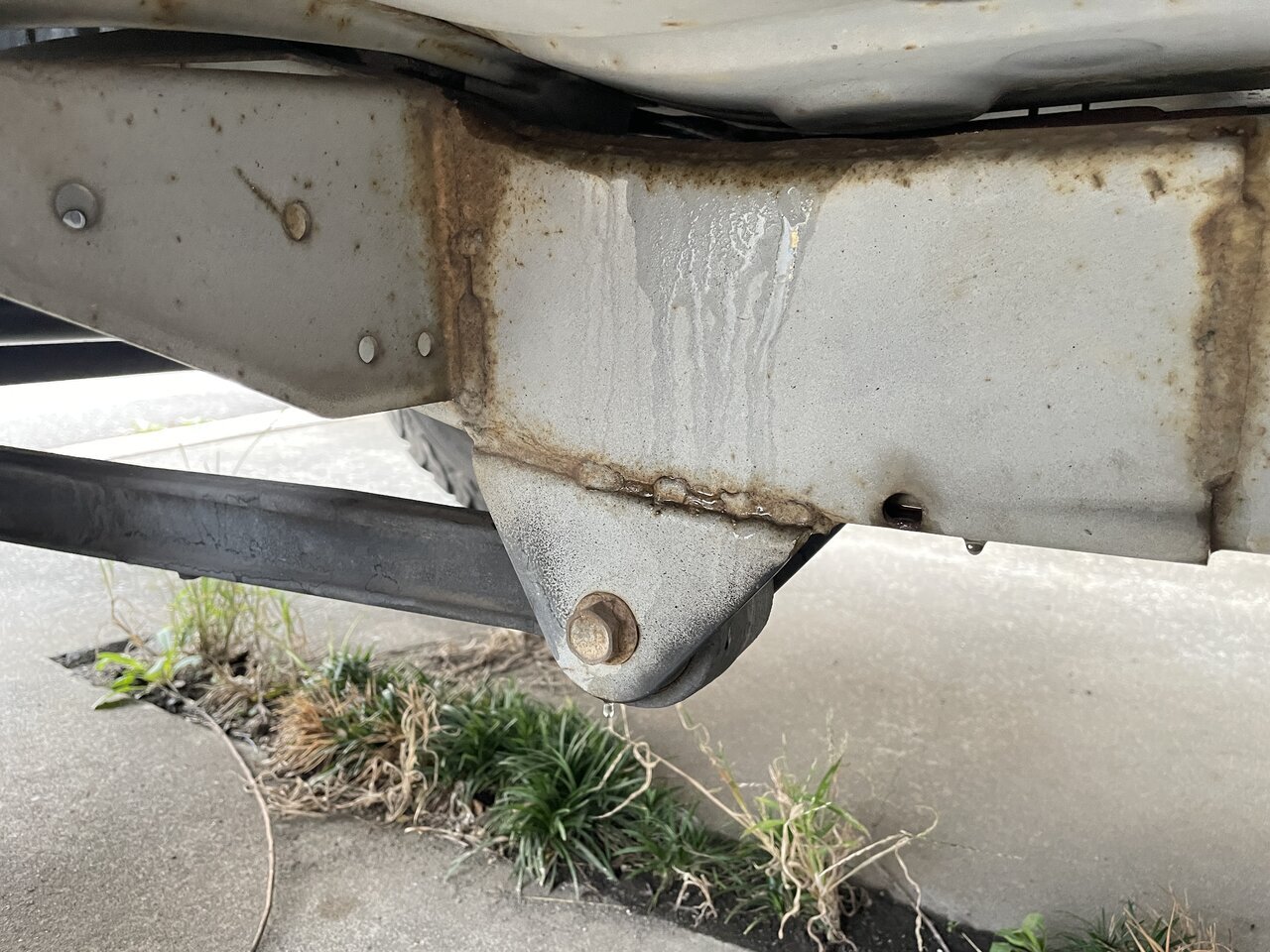
After spraying, I turn on the air conditioning to create condensation, and then drain the moisture through the drain to complete the process. What I realized while reading this explanation is that when the air conditioning is ON, condensation occurs, and the accumulated dust gets wet.
The symptoms I was worried about don't occur immediately after turning on the air conditioning; they appear after some time has passed. Based on the mechanism and situation of the evaporator, it seems like condensation and dust were the cause.
The symptoms I was worried about don't occur immediately after turning on the air conditioning; they appear after some time has passed. Based on the mechanism and situation of the evaporator, it seems like condensation and dust were the cause.
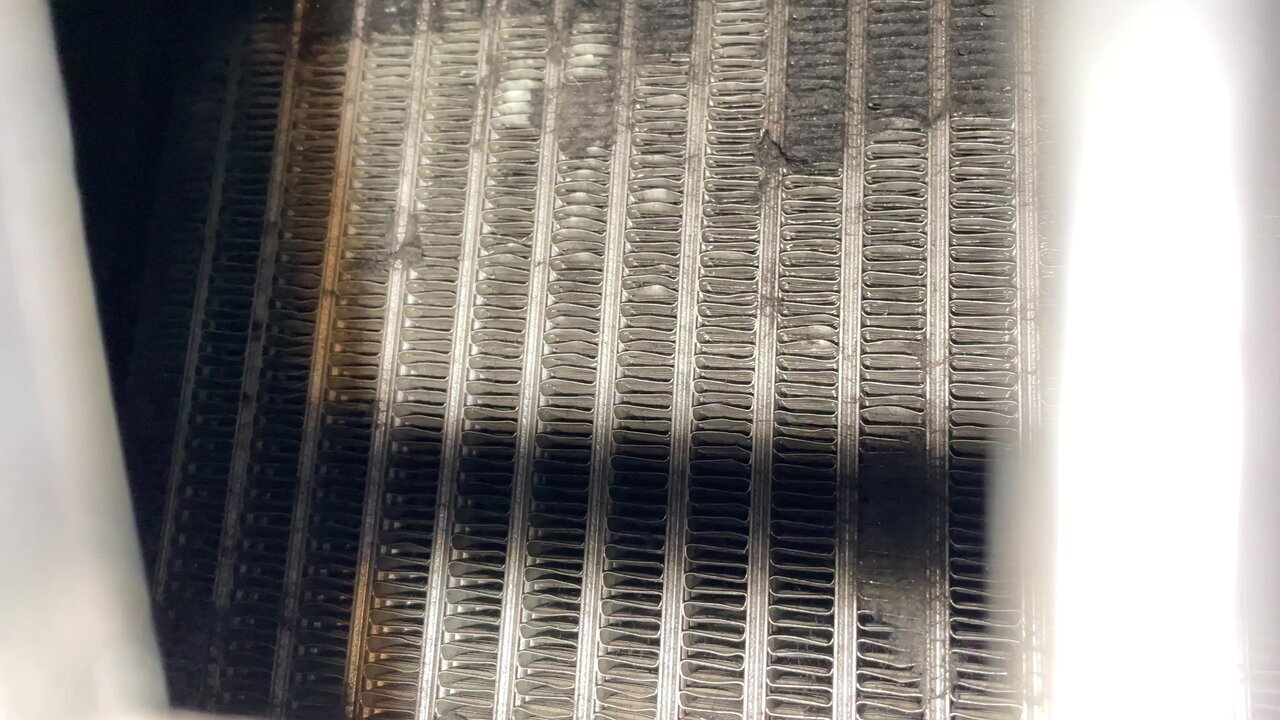
After checking the situation post-cleaning, there doesn't seem to be a significant change visually compared to after using the vacuum. However, after a test run over a certain distance, the airflow hasn't decreased significantly, and it feels like there might be some improvement compared to before the work.
As a result, it seems that using the vacuum to suck up dust has led to an improvement. Doing this kind of maintenance gives me a sense of enjoyment in understanding the structure of the car. Summer this year has just ended, but I'm looking forward to another hot season.
As a result, it seems that using the vacuum to suck up dust has led to an improvement. Doing this kind of maintenance gives me a sense of enjoyment in understanding the structure of the car. Summer this year has just ended, but I'm looking forward to another hot season.
Interview & Text / Kazuma Tanaka










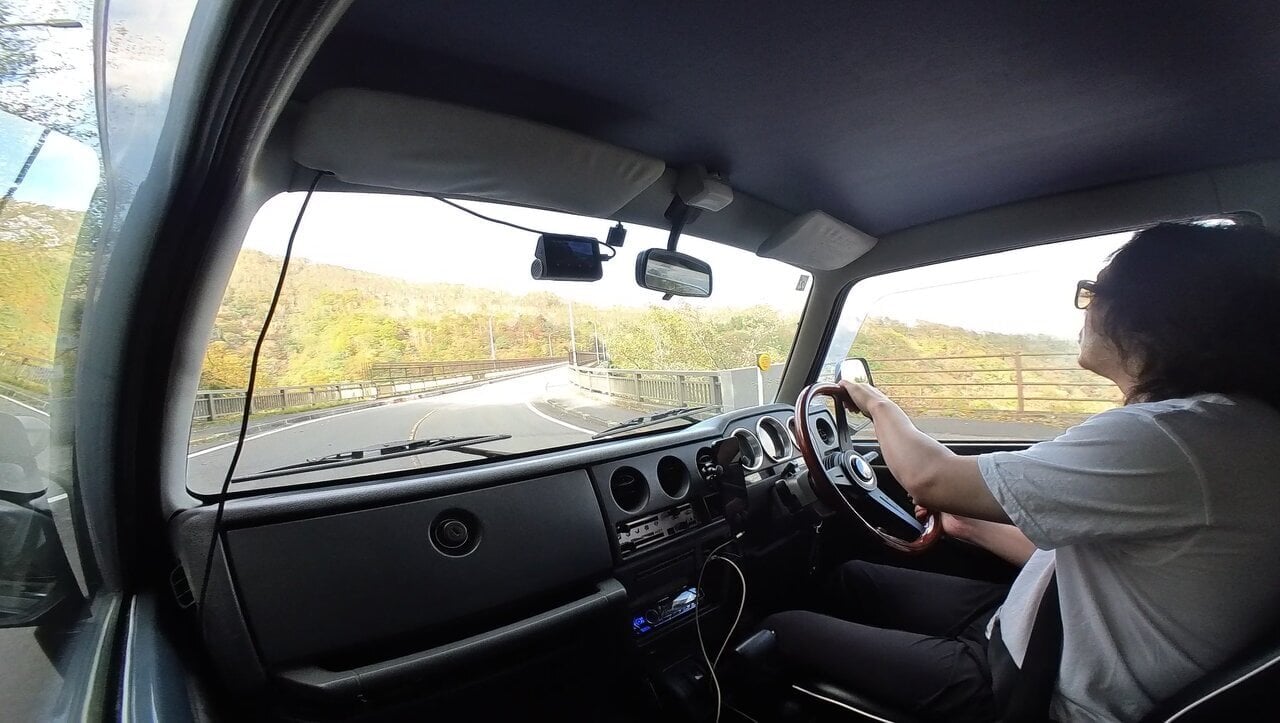










 FASHION
FASHION OUTDOOR
OUTDOOR WATCH
WATCH CAR & BIKE
CAR & BIKE SNAP
SNAP DINING
DINING LIFE
LIFE GADGET
GADGET GOLF
GOLF